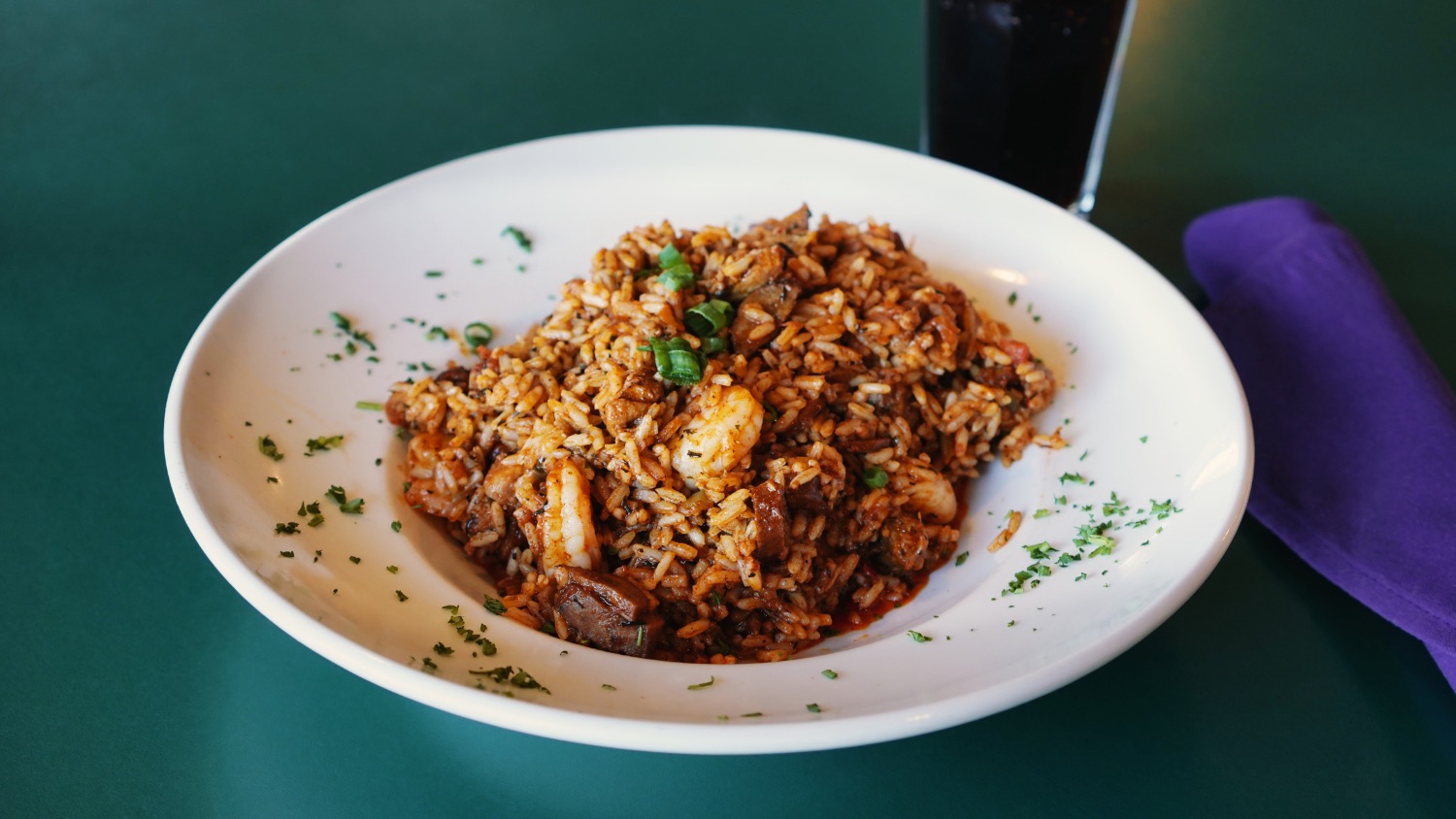Louisianians often find ourselves bragging about and, on occasion, having to defend our cuisine. Perhaps the most difficult task is explaining Louisiana food in a few short sentences. A vastly simplified way to describe the two cuisines is to deem Creole cuisine as “city food” while Cajun cuisine is often referred to as “country food.”
Cajun Food

The word “Cajun” originates from the term “les Acadiens,” which was used to describe French colonists who settled in the Acadia region of Canada which consisted of present-day New Brunswick, Prince Edward Island and Nova Scotia. With the British Conquest of Acadia in the 1700s, the Acadians were forcibly removed from their home in what become known as Le Grand Dérangement, or the Great Upheaval. Many Acadians eventually settled in the swampy region of Louisiana that is today known as Acadiana.
The Acadians were an extremely resourceful people who combined the flatlands, bayous, and wild game of South Louisiana with its proximity to the Gulf of Mexico to create a truly unique local cuisine. While many Acadiana residents today have African, Native American, German, French, or Italian roots, among others (which have all influence Louisiana Cuisine in their own ways), their way of life is strongly influenced by the Cajun culture. With no access to modern-day luxuries like refrigerators, early Cajuns learned to make use of every part of a slaughtered animal. Boudin, a type of Cajun sausage which consists of pork meat, rice, and seasoning stuffed into a casing, also commonly contains pig liver for a little extra flavor. Tasso and Andouille are two other Cajun pork products that use salts and smoke as preservatives. Seasoning is one of the most important parts of Cajun cooking, and that comes from much more than a heavy helping of cayenne pepper. Most dishes begin with a medley of vegetables based on the French mirepoix. “The holy trinity of Cajun cuisine” utilizes onion, celery, and bell pepper (rather than carrots) to provide a flavour base for many dishes. Garlic is never far away from any stove, either. Paprika, thyme, file (ground sassafras leaves), parsley, green onions, and much more are also very common ingredients in Cajun kitchens.
Creole Food

The term “Creole” describes the population of people who were born to settlers in French colonial Louisiana, specifically in New Orleans. In the 18th century, Creoles consisted of the descendants of the French and Spanish upper class that ruled the city. Over the years the term Creole grew to include native-born slaves of African descent as well as free people of colour.
Like the people, Creole food is a blend of the various cultures of New Orleans including Italian, Spanish, African, German, Caribbean, Native American, and Portuguese, to name a few. Creole cuisine is thought of as a little higher brow or aristocratic compared to Cajun. Traditionally, slaves in the kitchens of well-to-do members of society prepared the food. Due to the abundance of time and resources, the dishes consisted of an array of spices from various regions and creamy soups and sauces. A remoulade sauce, for example, which consists of nearly a dozen ingredients, would not typically be found in Cajun kitchens. Creole cuisine has a bit more variety, because of the easier access Creoles had to exotic ingredients and the wide mix of cultures that contributed to the cuisine. That’s why you find tomatoes in Creole jambalaya and not in Cajun jambalaya or why a lot of times you find a Creole roux made with butter and flour while a Cajun roux is made with oil and flour.






